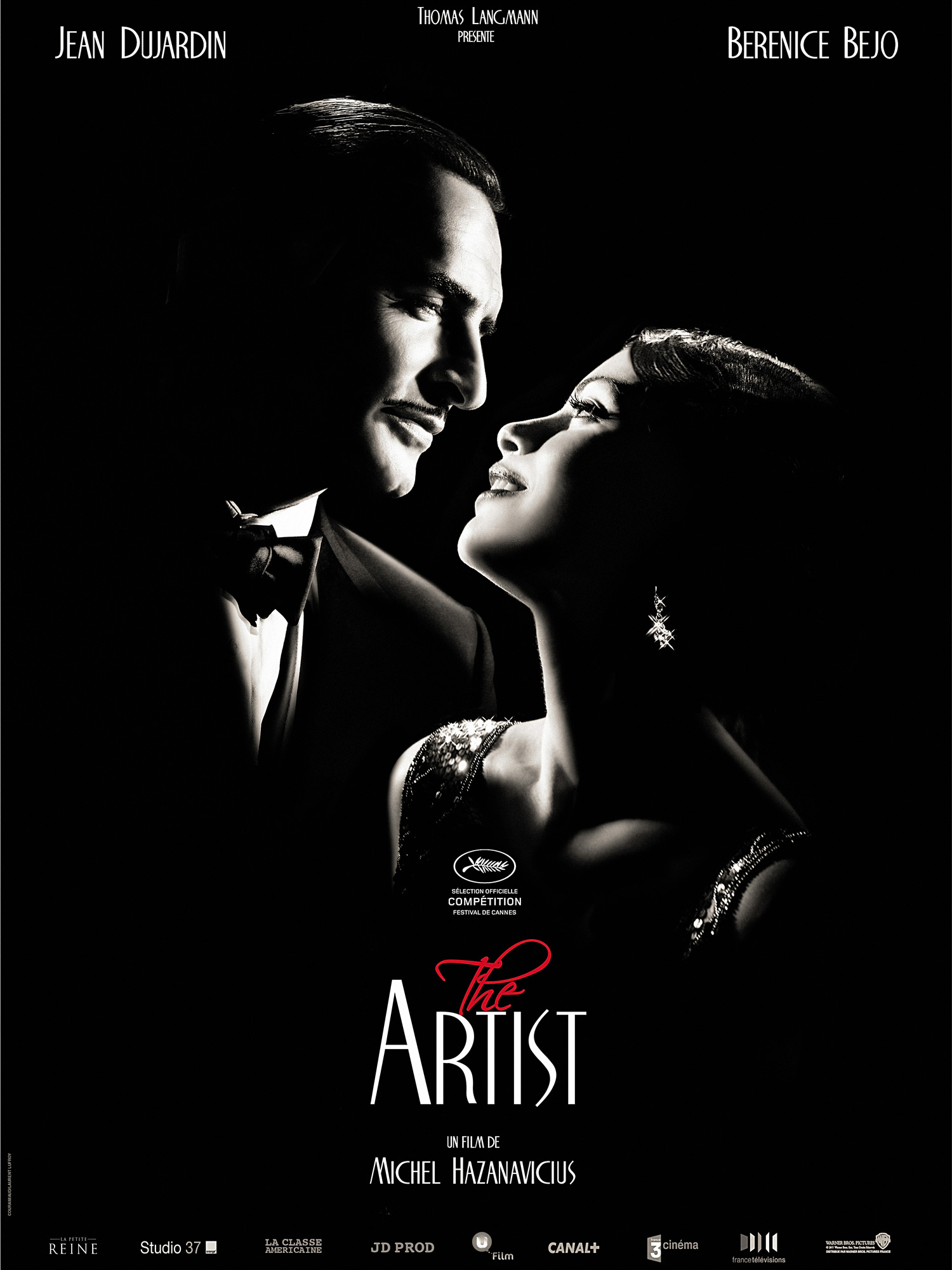The silent film which makes the most almighty noise
Director & Screenwriter: Michel
Hazanavicius
Cast: Jean Dujardin (George
Valentin), Bérénice Bejo (Peppy Miller), John Goodman (Al Zimmer), James
Cromwell (Clifton), Uggie (The Dog)
Plot: George Valentin is the
biggest silent movie star in 1927, but the advent of sound sees his downfall
and the rise of Peppy Miller.
Running Time: 100m 23s
Certificate: PG – Contains scene of mild threat
Without a doubt, Michel
Hazanavicius’ black and white, silent film has to be one of the most unlikely
awards season frontrunners ever. This is a film whose basic content is so
anathema to the conventions and expectations of the mainstream that one cinema
in Liverpool has seen fit to refund customers who were bemused to discover that
the film has no dialogue (almost), is in black-and-white (which we all know is
obsolete and of absolutely no worth) and only uses a portion of the screen made
available to it (the film was shot in the classic Academy ratio to cement its
nostalgic feel).
Certainly, its wider success has
shown that large audiences are attracted to its deliberately anachronistic
charms. This does not show a reawakening of a forgotten love for silent film. It
shows that there can be great results, both critical and commercial, when
someone has the courage, as Hazanavicius did, to use old techniques, which seemingly
have long since lost their commercial appeal, to tell a story in the best way
possible.
Of course, silence is not the
only tool Hazanavicius is drawing on. This is a film which has the whole
history of cinema to guide it and doesn’t mind picking out the best bits. It
has all the pizazz and joy of Singin’ in
the Rain mixed with all the bitterness of Sunset Boulevard, set, as those films were, in the time of one of
Hollywood’s darkest chapters, namely its hideous treatment of silent movie stars
as it moved into the age of talkies. It portrays this in a manner which
deflects a lot of attention from the conduct of the studios. Yes, George Valentin
is treated harshly and poorly by his studio (Jean Dujardin), but he is more
than culpable for his crippling pride which exacerbates his downfall.
That downfall is the driving
force of the movie. Valentin is the eponymous artist who wakes up one morning
to discover that audiences no longer want his craft. He attempts to prove his
enduring worth, but the world has left him behind, and his only hope is the
rising star whose ascent he started (Bérénice Bejo). The story is a simple
enough tale of rise and fall, dreadful pride and slow-to-be-realised romance.
What keeps us engaged is the charisma of actors, director and, believe it or
not, the film’s soundscape.
Dujardin and Bejo are great
screen presences. Dujardin’s face never mugs. It acts as if we could hear the
lines, only we needn’t have dialogue: it’s all in the eyes and the smiles.
Bejo, meanwhile, is a lovely female lead: charming, beautiful and utterly
engaging. They are capably supported by the grandfatherly James Cromwell (who
hasn’t been this empathetic since Babe)
as Valentin’s faithful butler Clifton, and John Goodman as a studio boss with
his eye on the prize. And, of course, there is Uggie the dog, who really does
steal the show.
However, they flourish in the unique vision of Hazanavicius who (and perhaps I should have mentioned this earlier) has not made a silent film, in the strictest definition of the term. Aside from the obligatory score, which is an excellent piece of work from Ludovic Bource, there are sparse but powerful uses of sound, particularly in a very effective dream sequence, which are well-deployed. What Hazanavicius has made is a film in which silence is a key component in telling a story set in a very distinct period, and it is an entertaining, funny, moving, bold and spine-tingling film at that.

No comments:
Post a Comment